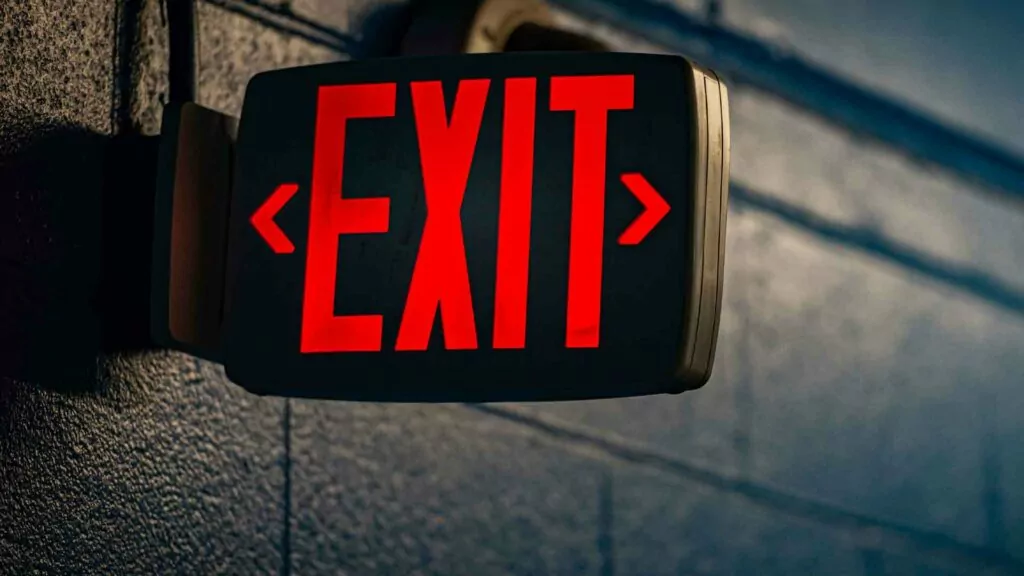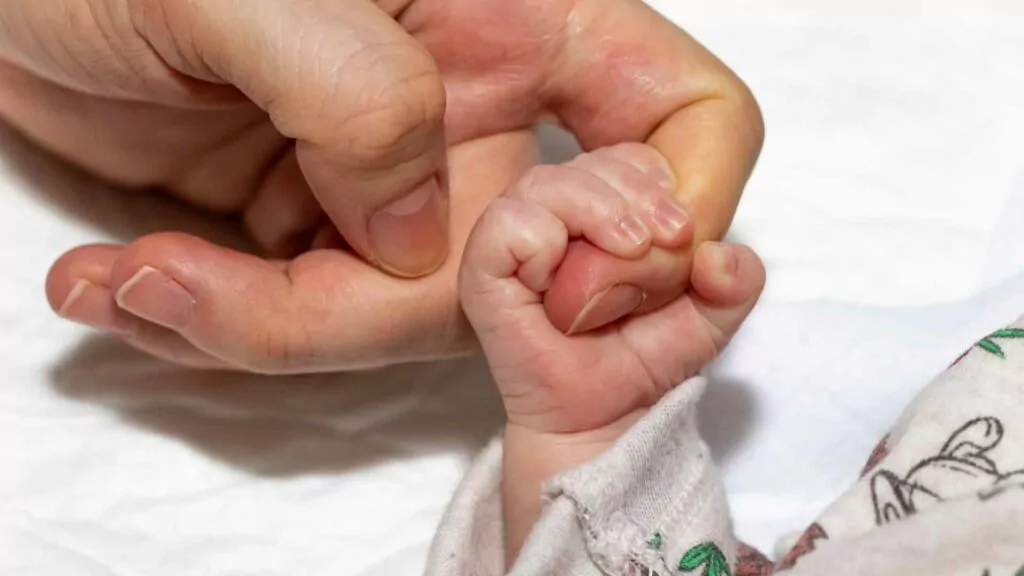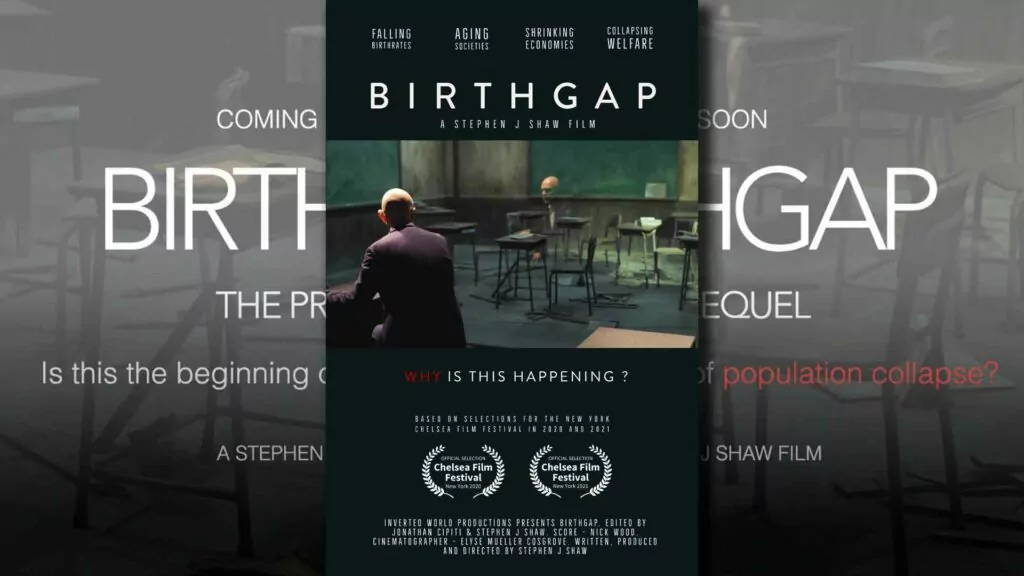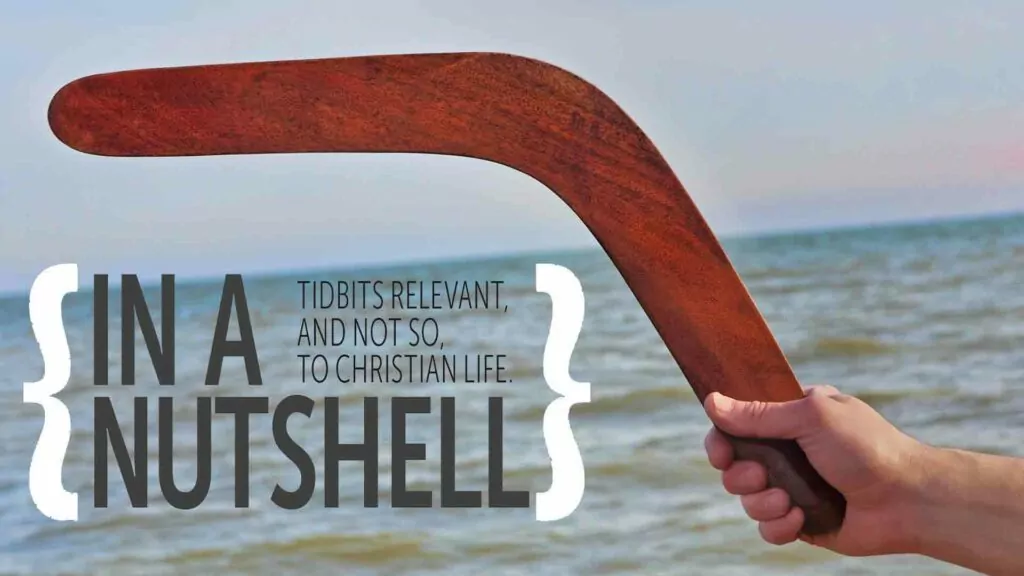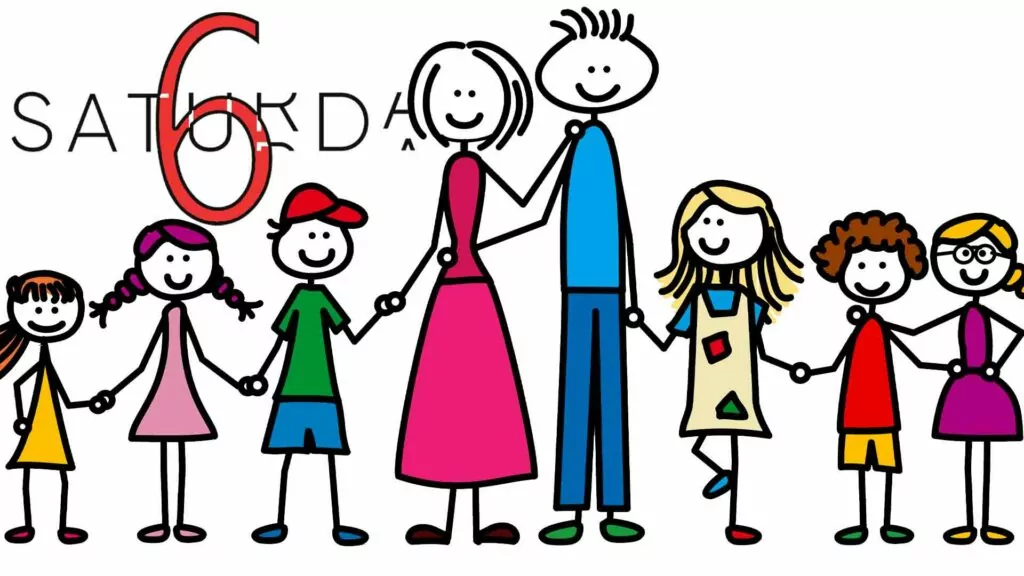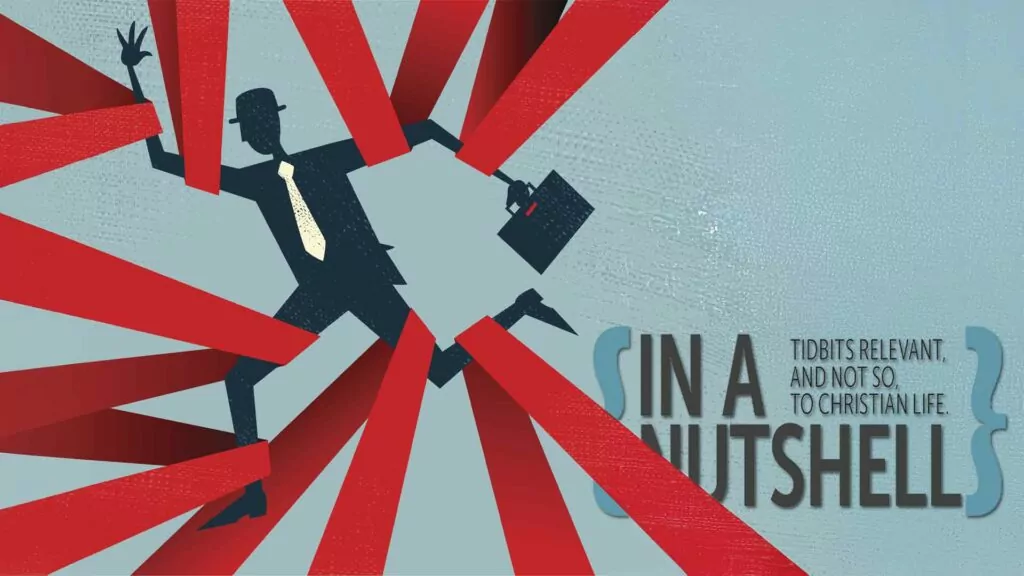
In a Nutshell
Tidbits – October 2024
How red tape kills wealth
Some years back, Hernando de Soto wanted to discover why capitalism worked so well in the West, but didn’t seem to work anywhere else. So de Sota and his research team headed to Lima, Peru to try to open a small one-person business – a garment workshop. They knew that this would involve paperwork, some permits and forms they would have to file with the government before they could open the business’s doors, but the total amount of paperwork was mind-boggling. The team put their efforts together and worked at the registration process six hours a day and it still ended up taking them 289 days to complete! And to add insult to injury, the cost of the process was $1,231, or roughly 30 times the country’s monthly minimum wage.
Little wonder then, that there are few Peruvians starting businesses. Even the hardest working, and most industrious souls would find these costs, and this mountain of red tape too much to overcome. The team also investigated what it would take to build a house on state-owned land in Peru (the state owns much of the land):
“To obtain legal authorization... took six years and eleven months requiring 207 administrative steps in 52 government offices.... To obtain legal title for that land took 728 steps.”
The team found a similar state of affairs in countries such as Egypt, the Philippines and Haiti and Third World countries overall. In the West we can be thankful we don't have quite the level of bureaucratic regulation... though we do have politicians who are intent on having us catch up. If we're wondering why housing has gone up, red tape is certainly a factor.
SOURCE: Hernando de Soto’s "The Mystery of Capital: Why Capitalism Triumphs in the West and Fails Everywhere Else" and Wayne Grudem’s "Business For the Glory of God"
“Be home on time for supper!”
In Mike Huckabees's A Simple Government, he shared how Columbia University’s Center on Addiction and Substance Abuse (CASA) has been researching the differences between teens who eat dinner at home frequently – at least 5 times a week – and those who do so infrequently – 3 times a week or less. They found some remarkable differences:
- Teens who ate at home infrequently were twice as likely to make use of tobacco and marijuana as those who at home frequently
- They were 50 percent more likely to use alcohol
- 50 percent more likely to get Cs or lower at school
Elizabeth Planet, CASA vice-president, said, “The emotional and social benefits that come from family dinners are priceless.” A Christian might account for that difference by noting that dinnertime is a good time to do what God tells parents to do in Deut 6:6-7:
“These commandments that I give you today are to be on your hearts. Impress them on your children. Talk about them when you sit at home and when you walk along the road, when you lie down and when you get up” (Deut 6:5-7)
Password problems
Have you heard the one about the first-time computer user who chose as his password: “TarzanSherlockHolmesHamletCinderellaJeevesToadJulietEmmaGandalfLondon”?
His computer told him it had to be at least eight characters long, and include at least one capital.
SOURCE: Adapted from a joke in Marvin Olasky’s “Tax Time Coming” April 9, 2011 WORLD
Cultural Christians are nothing new
In the last couple of years, unbelievers Elon Musk, Jordan Peterson, and even infamous atheist Richard Dawkins have declared themselves "cultural Christians." Why? Because they understand that civil society requires the civilizing influence of Christianity. But, unfortunately, that hasn't gotten them to bow the knee to the God of Christianity.
As intriguing as this phenomenon has been, it isn't actually anything new. In an old BreakPoint article by Chuck Colson called “The Gospel According to Jesse.” Colson shared another remarkable but incomplete turnaround.
“Guenter Lewy of the University of Massachusetts... is the author of the book, Why America Needs Religion. Interestingly, Lewy is neither a Christian nor a theist. He originally set out to write a book with the opposite thesis: Why America DOESN'T need religion. It was to be ‘a defense of secular humanism and ethical relativism.’ But when Lewy researched the data, he reversed himself 180 degrees. Lewy discovered that Christianity has historically been a strong support for human dignity.... Lewy found that Christians exhibit measurably lower rates of marital conflict, divorce, prejudice, out-of-wedlock births, juvenile delinquency, adult crime, and other ‘indicators of moral failure and social ills.’ Though remaining a nonbeliever, Lewy concluded that Christianity is vital to creating a healthy, humane society. Lewy's research points to one reason why Christians are motivated to seek reform in the public arena: Objective evidence shows that living by biblical principles makes people happier and healthier.”
Lyric of the month
Jamies Soles is well known among conservative Reformed churches in Canada, but for those that don’t know of him, below are the lyrics of a song based on Luke 7:11-18 from one of his children’s albums “Fun and Prophets” which is available (along with more info) on the artist’s website SolMusic.ca.
Gates of Nain
 My husband died, and now my son
My husband died, and now my son
I'm all alone though the crowds have come
I walk by this bier to a field of stones in my soul
I know that death, it awaits us all....
I can't catch my breath from this dizzy fall
All that I've hoped for
Is lying still and cold in this crowd
Crying aloud for the pain
Weeping through the gates of Nain
Through my tears I see the crowd has grown
A Man approaches with compassion shown
He says, "Do not weep."
And our march of death and time stands still
Nothing could prepare me for this
What could have prepared me for this....
He spoke to my son, my dead son, my only son
And He told him to arise, and he did!
My boy sat up and then began to speak
This man named Jesus gave him back to me
The crowd was filled with awe, and they glorified God
"A great prophet has arisen among us!
A great prophet has arisen among us!"
A great prophet indeed has arisen for me
And given me life again
In the gates of Nain
Are you wearing anything ten years or older?
Angela Reitsma Bick, the editor of Christian Courier, once wrote about how friends were surprised to learn that they weren’t wearing anything that was as much as ten years old. The surprise was probably prompted by the realization that thirty years ago the situation would have been quite different. Kids’ clothing, in particular, was treated differently a generation ago, with patches (and patches upon patches) being far more common. Darning socks was more common, and the resoling of shoes too.
Whenever one generation decides to do something differently than the previous, it is worth a moment’s reflection - if you aren’t wearing anything from a decade ago, why might that be?
- Is it a result of living in a throw-away culture? Are clothes simply not made to last like they once were?
- Are we better off, to the point that we don’t need to wear worn-out clothes?
- Or have we become financially irresponsible, spending money on clothes when that money could be put to better use?
- Might it be because clothes have become less expensive to replace than they once were?
- Or might it mean we are overly concerned with keeping up with the latest fashions?
Prayer the way it was… and could be?
In the 1940s, in the Netherlands, most men worked six days a week at physically-taxing jobs. So, come Sunday, it could be quite a struggle for these men to keep attentive through the church service, especially when it came time to pray, and eyes were shut and heads were bowed. And to make it harder still, the prayers were quite often fifteen minutes long.
In his wartime biography The Way It Was, author Sid Baron notes that to help these men stay attentive it was the practice then to allow the option of standing during prayer. So throughout the church, as most bowed their head to pray, many farmers and laborers would rise.
This practice is no longer common anywhere in Reformed churches, most likely because ministers no longer tax their congregation’s attention with fifteen minute prayers, and because far fewer members do heavy physical labor. Still, might it be a practice worth reviving for the most sleep-deprived among us, mothers and fathers of newborns?
“The free market is a bathroom scale”
“The free market is simply a measurement. The free market tells us what people are willing to pay for a given thing at a given moment. That’s all the free market does. The free market is a bathroom scale. We may not like what we see when we step on the bathroom scale, but we can’t pass a law making ourselves weigh 165. Liberals and leftists think we can.”
– P.J O’Rourke
Those not so ‘orrible Americans
While speaking ill of Americans is a favorite pastime for many, there is a lot to love about them. One example – Americans are generous.
In fact, the average American gives nearly four as much of his income, by percentage, as the average Canadian. And yet, that amounts to donating just 2 percent of their income (compared to 0.54% for Canadians). Christians who give a tithe of just ten percent of their income can, therefore, have almost 20 times the financial charitable impact of other Canadians, and quite a bit more than Americans too.
SOURCE: Fraser Institute’s “Generosity in Canada and the United States: The 2020 Generosity Index”
When two sinners become one
I once had the pleasure of hanging out with a young couple who had never yet argued. Of course, if a newly married couple is expecting only bliss, it will be quite a shock when they go from this like-minded state to what might seem like a series of recurring arguments. If a couple has gone from always agreeing, to always arguing, what should they do?
Well, it might help to know that many couples go through tough times, especially early on. When non-Christians go through these lows, divorce is an option some investigate – why stay married when you are both miserable? But an American study from a while back shows the benefits that migth come if they stick it out.
“ouples… were asked to rate their marriage on a scale of one to seven, with one being very unhappy and seven being very happy. Those who rated their marriages a ‘one’ had incredible turnarounds just five years later – if they stayed together. In fact, 77 percent of those giving their marriage a very unhappy ‘one’ rated their marriage as a ‘seven’ after five years. Was there some breakthrough therapy involved? No. In fact, many did relatively little – they just ‘stuck it out’ and things got better.”
“Two becoming one” (Gen. 2:24) is a difficult task for a couple of sinners to do, so it is inevitable that any marriage will go through some tough stretches. That’s why Christians can be so very grateful to God that, except in exceptional circumstances, He has taken the option of divorce from us.
SOURCE: “Is There Hope for My Marriage?” by Amy Desai, J.D. as found on www.focusonthefamily.com way back on Dec. 11, 2010
Joke of the month
Lady, to her doctor: “My husband, a marriage counselor, often refuses to accompany me to parties and get-togethers. He says that so many people spoil his evening by asking him for advice. Does this happen to you too?”
Doctor: All of the time! But it doesn’t bother me anymore.
Lady: What do you do?
Doctor: “I have a wonderful remedy. When someone begins to tell me his ailments I stop him with one word: ‘Undress.’”
SOURCE: Bob Phillips’ "The Return of the Good Clean Jokes"









